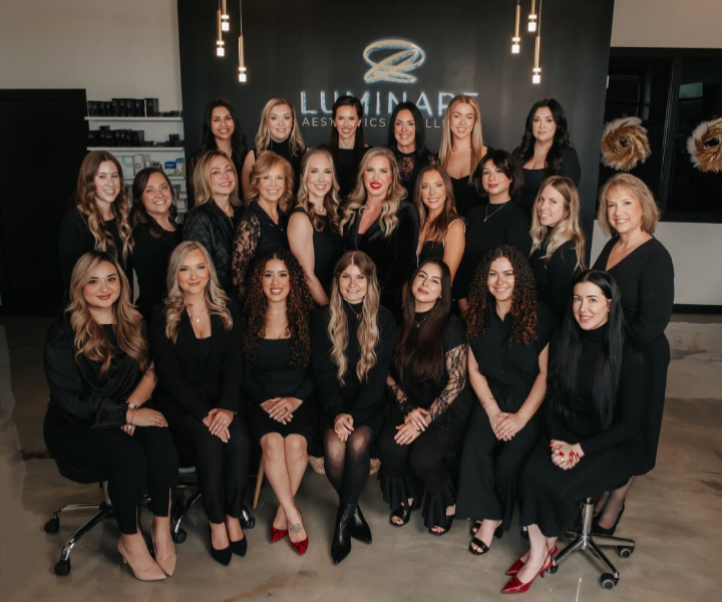Plucking, waxing, and shaving regularly to remove unwanted body hair can be so inconvenient and expensive.
 Laser hair removal, on the other hand, can spare you from all that by getting rid of unwanted hair for good. During the procedure, a light emitting laser targets a specific pigment called melanin present in the hair follicles. The absorbed light is then converted into heat that kills the follicles at the root, thus inhibiting or slowing down the rate of regrowth in treated areas like the face, arms, underarms, legs, and bikini line.
Laser hair removal, on the other hand, can spare you from all that by getting rid of unwanted hair for good. During the procedure, a light emitting laser targets a specific pigment called melanin present in the hair follicles. The absorbed light is then converted into heat that kills the follicles at the root, thus inhibiting or slowing down the rate of regrowth in treated areas like the face, arms, underarms, legs, and bikini line.
However, to ensure optimal results, it’s crucial to follow proper aftercare guidelines, and that includes avoiding sun exposure. Thus, with summer just around the corner, getting laser hair removal feels like a big no-no.
But that doesn’t mean you have to wait until the weather turns colder to start getting rid of unwanted body hair. The experts at Luminare Aesthetics and Wellness recommend the following important tips to make sure that you can still get the best results from laser hair removal treatment -while still flaunting your smooth, hairless skin all season long.
1. Avoid the Sun For At Least 2 Weeks After You Get Laser Hair Removal.
Although it’s best to steer clear of direct and prolonged sun exposure throughout the year, it’s particularly important that you limit such for at least 2 weeks after getting laser hair removal. Laser treatments can make your skin extra sensitive, and sun exposure in the first few weeks post-treatment can cause hyperpigmentation, burns, and scarring.
2. If You Must Go Out, Keep The Treated Areas Covered.
If sun exposure is unavoidable, be sure to keep the treated area/s covered with loose, comfortable clothing.
Fortunately, it’s easy to cover areas like your bikini line and underarms since they’re least exposed to the sun.
3. Apply Loads Of SPF.
The regular use of sunscreen should be a consistent part of your skincare routine, especially after a laser hair removal treatment.
Lather up with a broad spectrum sunscreen (minimum of SPF 30) on the treated areas of the body, especially the ones that are most likely to be exposed to the sun (i.e. face, arms, and legs).
4. Moisturize Your Skin To Promote Healing.
Apply a fragrance-free and soothing moisturizer (such as aloe vera gel) to the treated areas to promote the healing process. This can also reduce the sensitivity of the skin post laser hair removal, and help calm down any redness or irritation.
When choosing a moisturizer, avoid heavily-perfumed products with harsh chemicals as they can cause irritation, redness, and discoloration.
5. Don’t Use Tanning Beds or Lotions.
Some people consider tanning beds or lotions as better alternatives since they’re advised to avoid direct sun exposure.
However, it’s best to avoid tanning beds and lotions altogether during your laser hair removal sessions. This is because some lasers target the dark pigment in your hair follicles and cannot differentiate between the hair follicle or darker skin cells if you’re tanned.
As a result, getting a laser hair removal treatment on tanned skin might lead to hyperpigmentation, discoloration, and even burns.
Lastly, bear in mind that different skin types may require different kinds of aftercare. Therefore, it’s best to consult licensed practitioners about the proper sort for your skin type after getting a laser hair removal procedure.
Book a consultation with the experts at Luminare Aesthetics and Wellness, Blue Springs, MO now.


